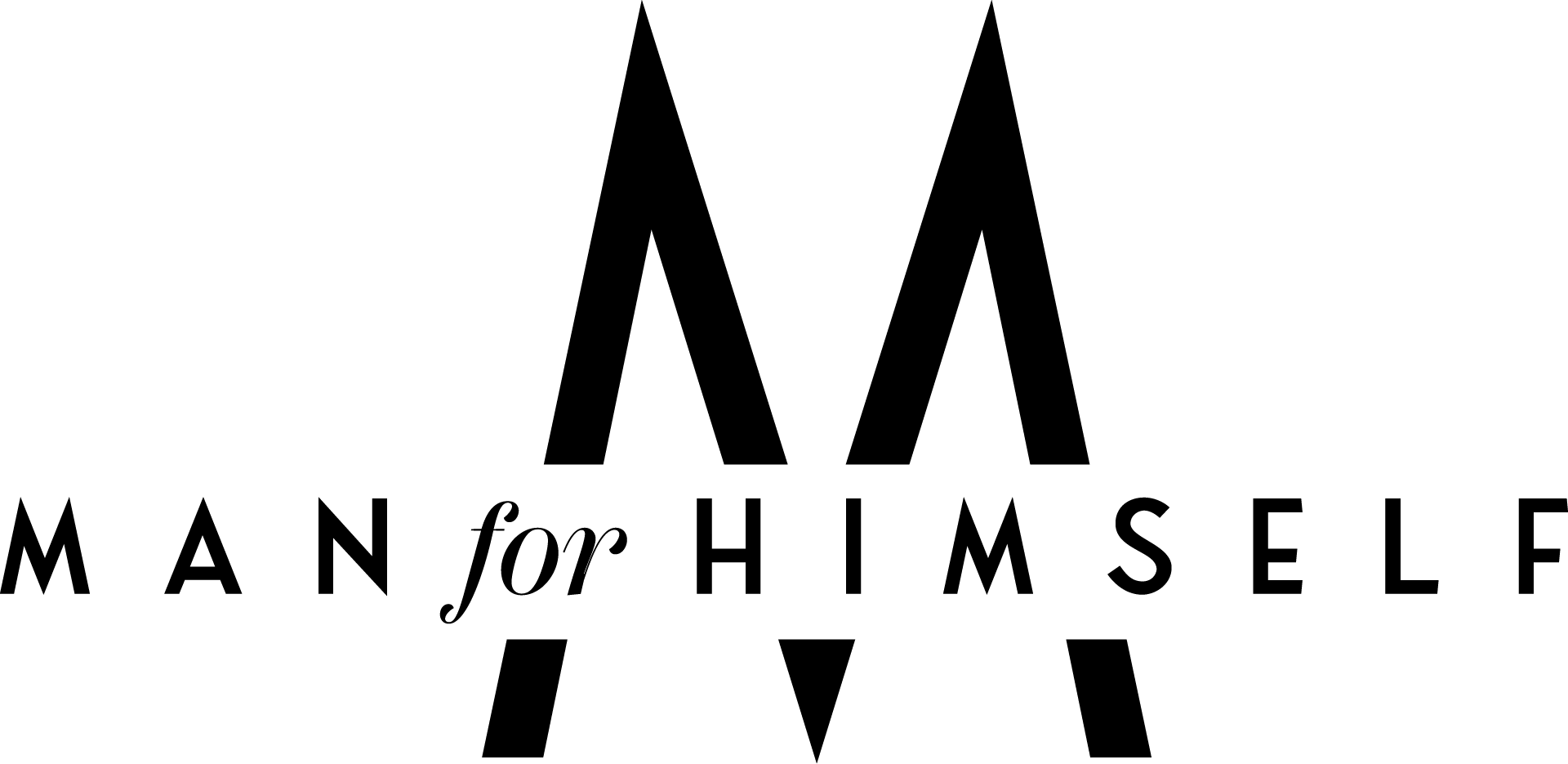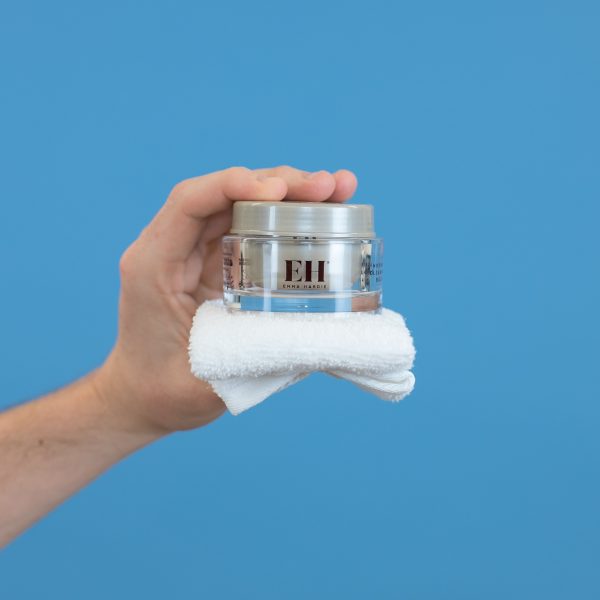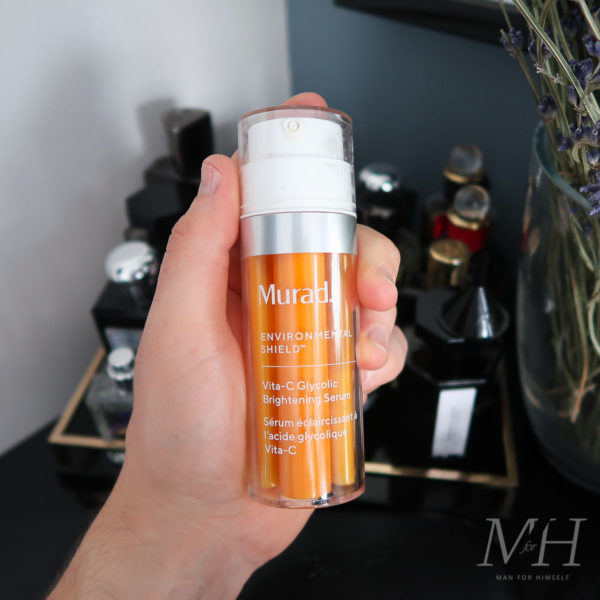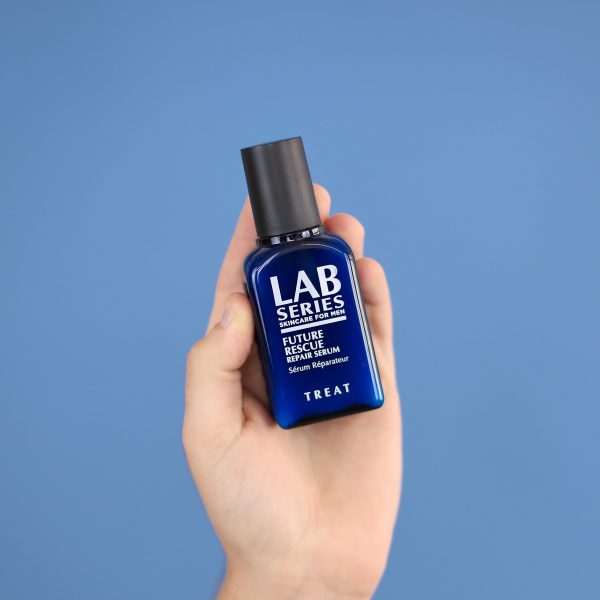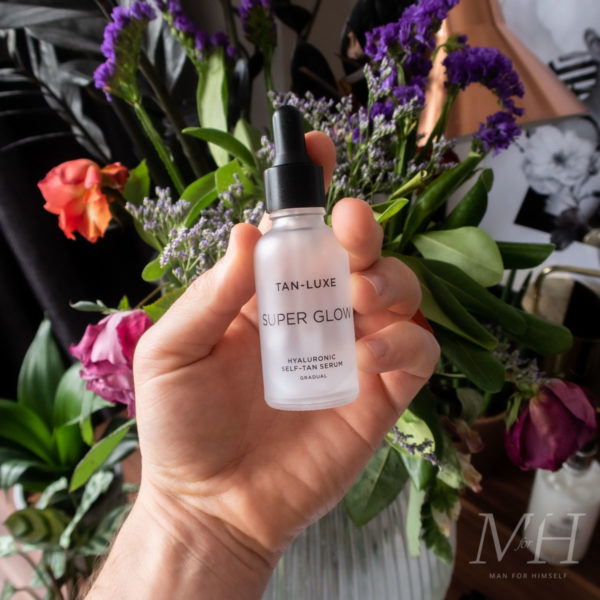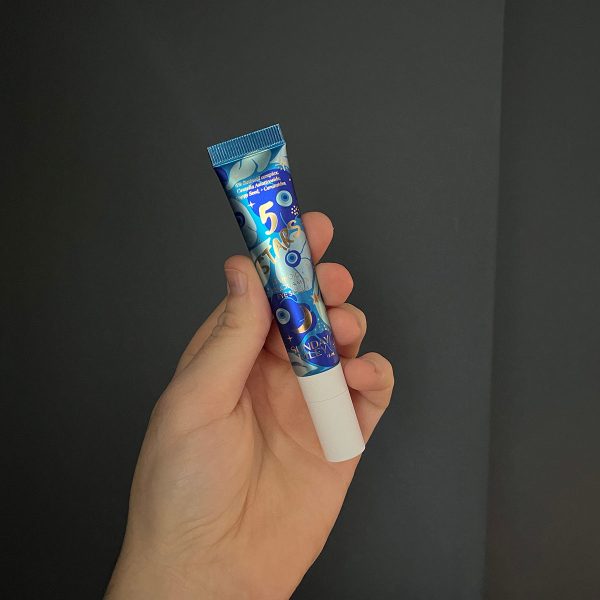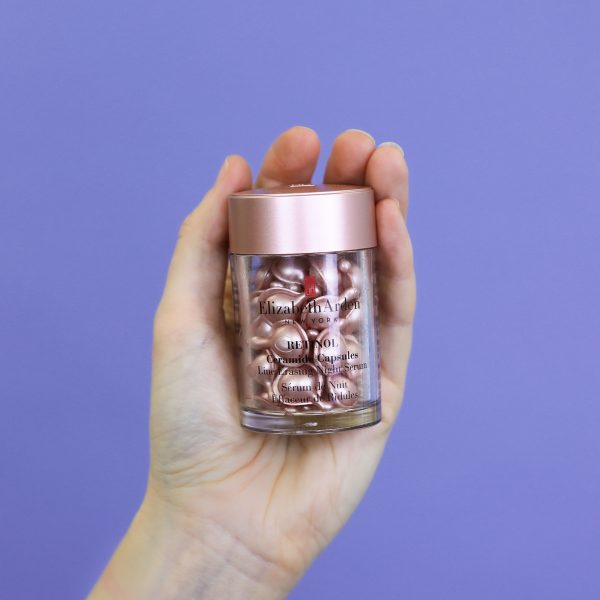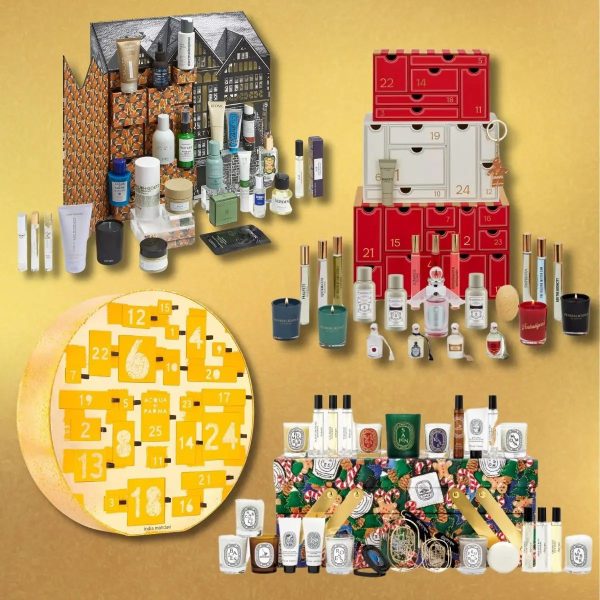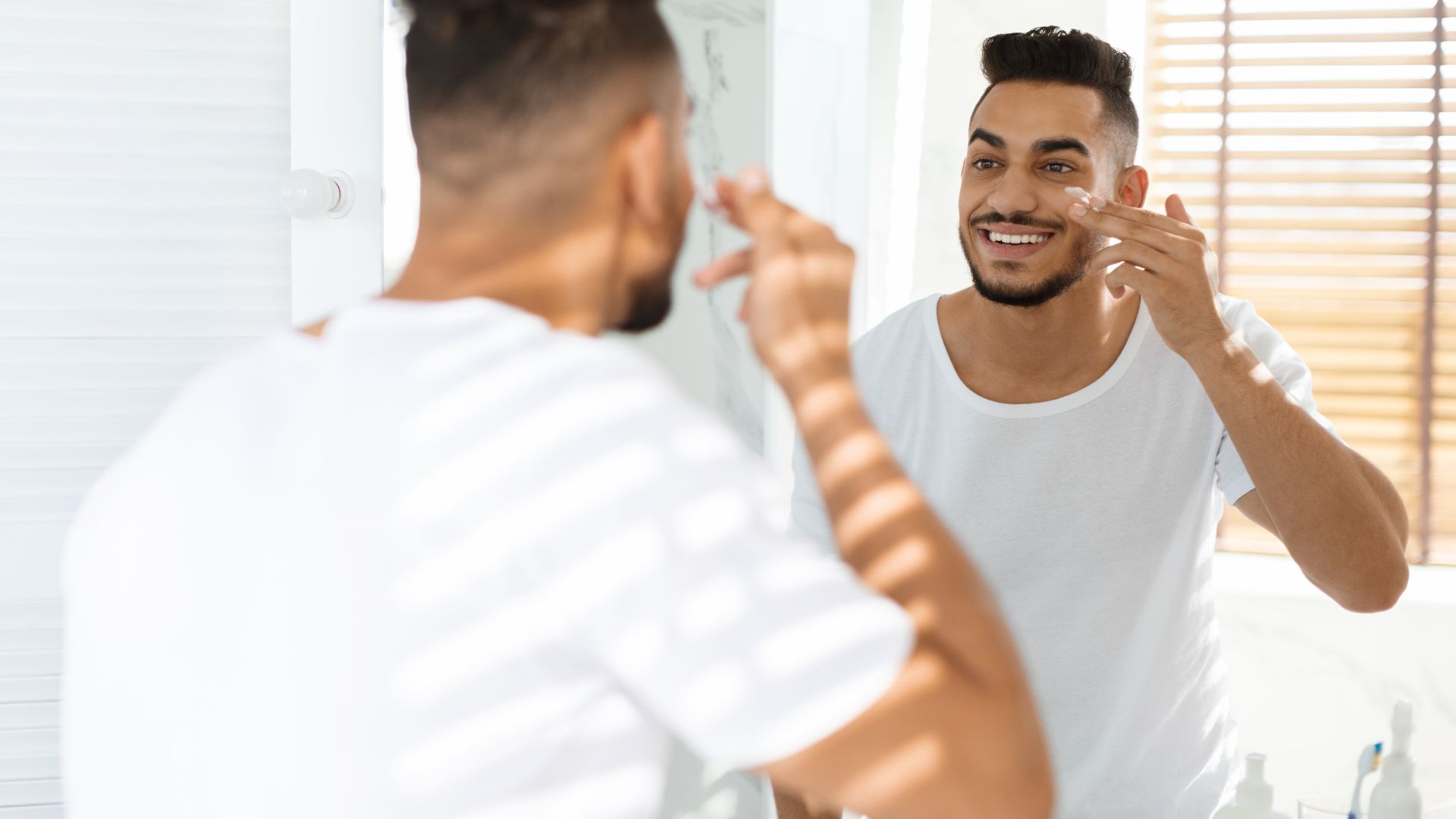
Skincare may seem like a world of complex, expensive, and ever-changing trends. But you don’t have to spend hundreds of pounds on ambitious beauty treatments. Some skincare tips actually take less effort than you may think to give you visible results over time, like clear skin, increased glow, and decreased redness.
On that note, here are three simple skincare fixes to incorporate into your routine.

1. Effective cleansing
The first step in any decent skincare routine is cleansing. It seems easy enough — just splash on some water, rub in a face cleanser, and rinse. But figuring out how to properly and effectively wash your face takes a little finessing.
Different skin types benefit from different cleansers and cleansing routines, but it’s worth the effort to get it right. Cleansing skin thoroughly is important for washing away dirt, dead skin cells, and anything else that may clog your pores.
But too much of anything is bad for you, including cleansing. All too often, people find themselves with squeaky clean skin after cleansing. But the truth is, you get squeaky clean skin by over-cleansing, i.e., pulling out too much oil from your skin. Your skin will compensate for that by producing more oil, leaving you with oilier skin. This is just one of the many examples of why it’s important to cleanse effectively.
For effective cleansing, follow these tips:
- Use your hands – Your hands are the gentlest things you can use on your face. When you use your hands, you get to really work the cleanser onto your skin.
- Cleanse your neck and chest – Cleansing doesn’t stop at the face. When you get into the shower, work your cleanser into a light foam and massage it onto your neck and chest.
- Use the right products – It’s not only how you wash your face that makes the difference, it’s also what type of cleanser you use. Different skin types have different needs. But generally, you should look for cleansers that pick up dirt, makeup, and other debris without completely stripping the skin of its natural oils.
You can follow your cleansing step with a nourishing moisturizer for a simple two-step routine or move onto serums if you’re trying to target a specific skin problem.

2. Serums
If you have generally healthy, unproblematic skin, then serums could be an extra step. But if you have specific skin problems you’d like to target, like redness or dullness, then serums can be really valuable additions to your skincare routine.
Serums generally contain a high volume of active ingredients. There are also single-ingredient serums in the market for people who want to target only one concern. Unlike cleansers and moisturizers, serums are able to penetrate the skin more deeply and efficiently.
If you want to get started on serums or make the most of them, find ones with the following key ingredients:
- Hyaluronic acid – The key benefits of hyaluronic acid are hydration and moisture retention. Hyaluronic acid can hold up to a thousand times its weight in water, which is why it can really hydrate your skin.
- Vitamin C – Vitamin C is a potent antioxidant that can tackle some of the most common skincare concerns, from dullness and discoloration to fine lines and uneven texture. Vitamin C also provides protection from the effects of sun exposure.
- Niacinamide – Niacinamide, also known as nicotinamide, is a form of vitamin B3. It is commonly used to brighten and clear the skin as well as reduce fine lines and wrinkles. Niacinamide also helps reduce redness, decrease sebum production, and strengthen the skin barrier.

3. Retinol
Retinol is a vitamin A derivative that boosts cell turnover, which is a key aspect of keeping the skin smooth and healthy. Retinol also functions as an antioxidant to neutralize free radicals (unstable molecules that damage skin cells) and stimulate the production of collagen, which provides strength, elasticity, and hydration. Additionally, retinol helps regulate sebum production, diminish fine lines and wrinkles, and even reverse some of the side effects of sun damage.
However, retinol can be very irritating if used too frequently or if the formulation is too strong for your skin. To acclimate your skin to retinol, start off with a pea-sized amount of a low percentage retinol product and use it twice a week. Do this for a few weeks, observing your skin for signs of reaction. If you’re not breaking out or experiencing irritation, slowly increase the usage.
Note that it’s also best to use retinol at night because it makes your skin more sensitive to sunlight. Additionally, keep in mind that you may experience skin purging when using retinol for the first time. Purging is characterized by breakouts, flaking, and peeling, and it typically occurs when trying a new skincare product. The good news is that skin purging is temporary and will eventually improve as you get used to the product you’re using.
